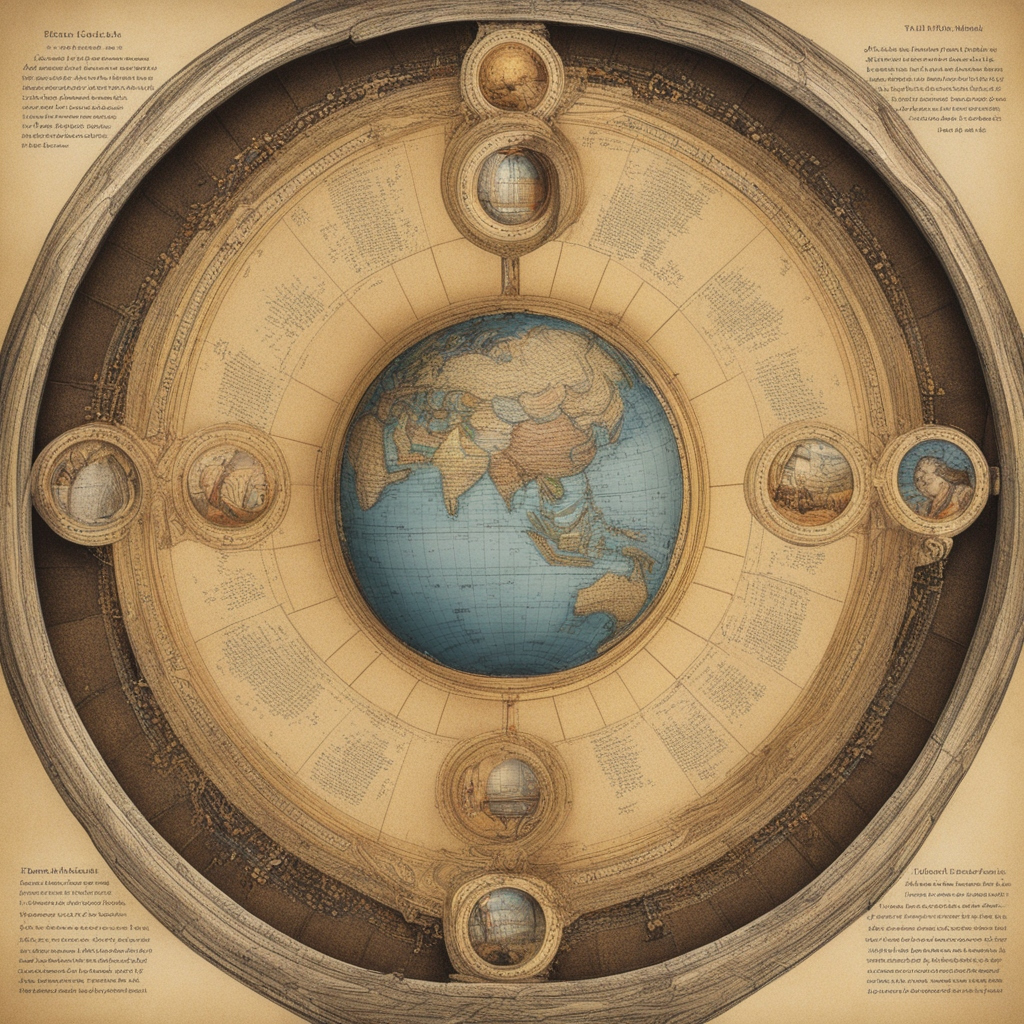Located up four flights of stairs, through a black locked gate and up a steep flight of metal rungs is the Calvin College Observatory. The observatory is open to the public, students and astronomers alike.
Calvin College began the transition to the current Knollcrest campus in the 1960s. During this period of transition, the president at the time, William Spoelhof, decided that the science department needed a facelift.
“We just didn’t have any laboratory sciences in any of the fields on the old campus because there just wasn’t room for it,” said physics professor Larry Molnar. “He knew that when we got a new campus and a new science building, it should have a dome on top and put a telescope inside.”
Molnar explained that Spoelhof felt a need to ensure Calvin offered rigorous science courses.
Using funds from an anonymous donor, Calvin College installed the observatory’s first telescope. However, in 1998, when Molnar first arrived at Calvin, it was obvious that the original telescope needed an upgrade.
“Together with professor Deb Harsmaa, we found money and went to the National Science Foundation and got a large grant to buy all new telescopes,” said Molnar.
The newer telescope is fully automated, meaning that instead of mechanically trying to find an object, observatory operators simply plug the coordinates into the computer and the telescope will rotate on its own.
“It could take up to 20 minutes just to find a single thing,” said junior student Christopher Spedden. “Now it takes 20 seconds to find something.”
The observatory telescope has a twin in New Mexico. Molnar explained that having two identical telescopes makes operation, repairs and data collection synonymous, and the job of operators simple, easy and effective.
“Calvin students operate [the New Mexico telescope] from here in the same way they do [the Michigan telescope],” said Molnar, “we get to share the beautiful, dark skies of New Mexico.”
The pairing of two stations allows students to experiment with the telescope on Calvin’s campus, while simultaneously gathering data from New Mexico.
“Our students can get their hands on this telescope and get the data from the other telescope, understand what they are doing,” said Molnar, “but also have much greater opportunity to discover things with the other Calvin observatory.”
The station in New Mexico also frees up the observatory in Grand Rapids to be enjoyed by anyone.
“Part of our proposal when we got the new equipment was to get a set of equipment that would satisfy simultaneously the needs of upper level physics students who do really want to do research and discover new things … and at the same time first year students who just want a science class and want to see some cool things,” said Molnar. “When we need data we do it there [in New Mexico] so that when we have a clear evening here the visitors are the first priority.”
This setup also allows seasoned observers the ability to assist visitors without the pressure of students who need data,” explained Molnar. Observers “aren’t in a hurry to move [visitors] along because of students; we have enough time that they can just look at Saturn or the moon or the moons of Jupiter.”
“Up here, its all dedicated to other people,” said Spedden. “The entire purpose of this observatory is for Calvin students and people off campus to come and enjoy the sky.”








